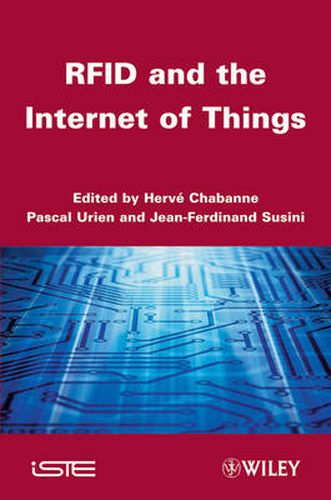Readings Newsletter
Become a Readings Member to make your shopping experience even easier.
Sign in or sign up for free!
You’re not far away from qualifying for FREE standard shipping within Australia
You’ve qualified for FREE standard shipping within Australia
The cart is loading…






Radio frequency identification (RFID) technology allows for automatic identification of information contained in a tag by scanning and interrogation using radio frequency (RF) waves. An RFID tag contains an antenna and a microchip that allows it to transmit and receive. This technology is a possible alternative to the use of barcodes, which are frequently inadequate in the face of rapid growth in the scale and complexity of just-in-time inventory requirements, regional and international trade, and the emerging new methods of trade based on it. Use of RFID tags will likely eventually become as widespread as barcodes today.
This book describes the technologies used for the implementation of RFID, from hardware, communication protocols, and cryptography to applications (such as electronic product codes, or EPC) and middleware. In five parts, this book will provide the reader with a detailed description of all the elements that make up a RFID system today, including hot topics such as privacy concerns and the Internet of Things.
$9.00 standard shipping within Australia
FREE standard shipping within Australia for orders over $100.00
Express & International shipping calculated at checkout
Radio frequency identification (RFID) technology allows for automatic identification of information contained in a tag by scanning and interrogation using radio frequency (RF) waves. An RFID tag contains an antenna and a microchip that allows it to transmit and receive. This technology is a possible alternative to the use of barcodes, which are frequently inadequate in the face of rapid growth in the scale and complexity of just-in-time inventory requirements, regional and international trade, and the emerging new methods of trade based on it. Use of RFID tags will likely eventually become as widespread as barcodes today.
This book describes the technologies used for the implementation of RFID, from hardware, communication protocols, and cryptography to applications (such as electronic product codes, or EPC) and middleware. In five parts, this book will provide the reader with a detailed description of all the elements that make up a RFID system today, including hot topics such as privacy concerns and the Internet of Things.